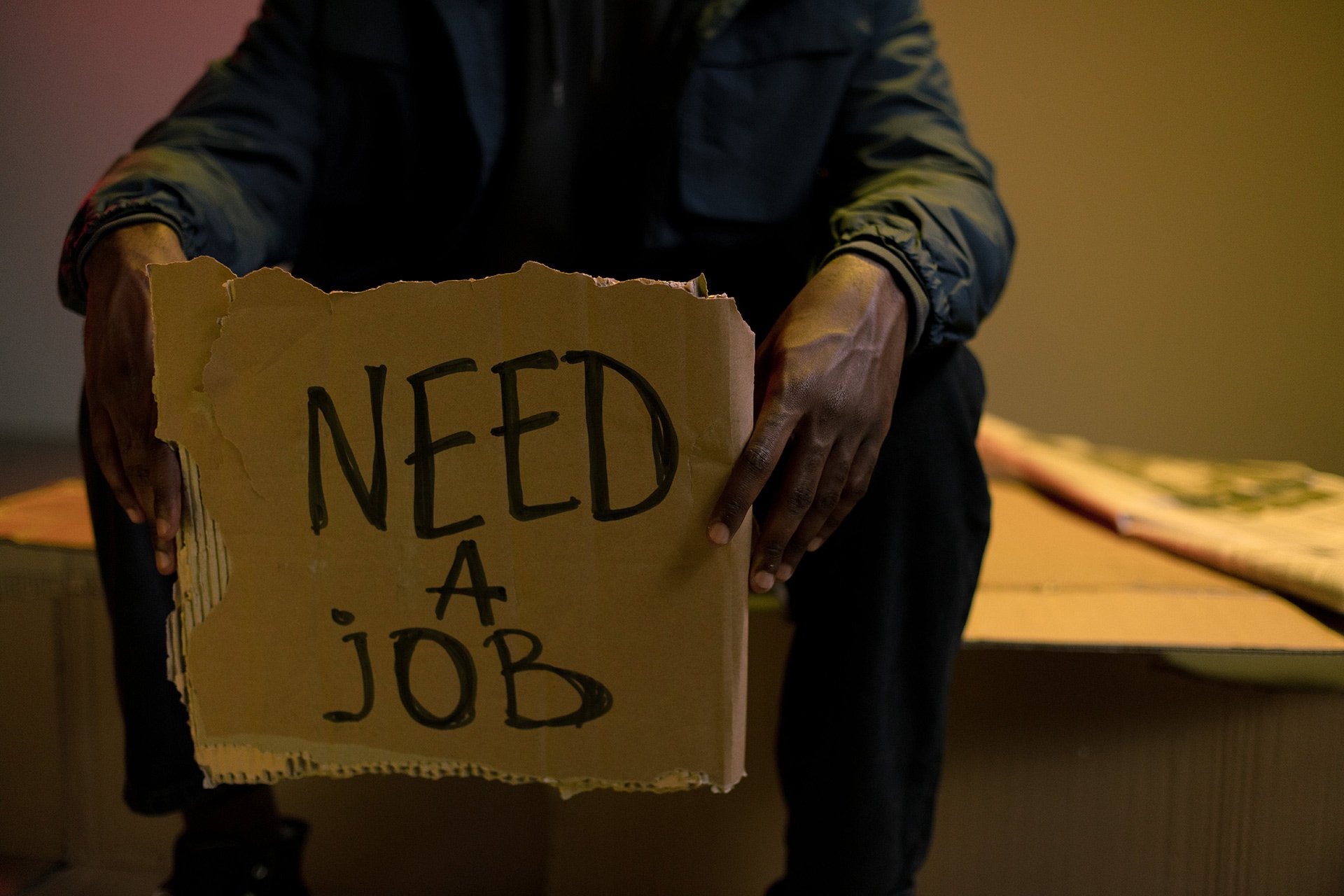
There is no doubt that homelessness is a crisis and is reaching a fever pitch in Los Angeles. However, the situation’s causes and impacts are less readily understood. Some influential reports share how well-to-do Californians are creating ‘home invasion plans’ to survive a spike in crime. Our Governor blames political stagnation for the ‘disgrace’ that is California homelessness.
Does homelessness necessarily lead to a spike in crime? Are all unhoused people drug-addled and mentally ill? As important as it is that our leaders and our community agree that we need to support the unhoused population, it is equally critical that we work to dispel many of the harmful myths about homelessness.
Myth 1: Drugs and mental illness are driving the surge in homelessness. There is no question that substance use disorders and mental health instability affect unhoused people—however, one risks blaming victims by stating that these issues are the root of the problem. The fundamental issue putting people on the streets is a crisis of available, affordable housing. Beyond the stereotype of the unstable addict, California’s homeless population can, in fact, be categorized into three main groups. The first is short-term homelessness, which includes people who have experienced a crisis such as job loss, home destruction, or domestic violence, causing them to lose their housing temporarily. Roughly two-thirds of California’s homeless population are unhoused on a short-term basis. The second category is chronic homelessness, which is more likely to be associated with severe mental illness and drug use. The third, smaller subset is service-resistant, comprised of those who refuse shelter and may suffer from more severe mental health issues or have experienced trauma from negative experiences dealing with social services and police.
Myth 2: The government will prioritize housing. Many California lawmakers have supported what is known as the ‘Housing First’ approach, which states that the best way to help impoverished communities is to ensure that everyone has a roof over their heads. The reality is far more complex, as housing without social services is not a cure-all. Building affordable housing faces obstacles due to restrictive zoning laws and homeowner activism, making it challenging to address homelessness effectively.
Myth 3: More homelessness = more crime. This is simply untrue. A 2022 study found that Los Angeles’ homeless population was involved in less than 10% of the crime in the city.
Myth 4: Removing homeless people from sight solves the crisis. Many angry Angelenos who have had one too many experiences walking through a tent encampment or encountering a visibly unstable person on the street might feel safer and more comfortable if unhoused people were removed from their neighborhoods. However, even if a program were to force homeless people into a treatment center or incarcerate them, it is simply kicking the problem into the future or another area of the city. City officials are faced with the enormous challenge of managing the public’s perception while addressing homelessness more broadly.
Myth 5: California’s homeless people came from other states and plan to stay on the street to take advantage of services and lax laws. In reality, 90% of California’s homeless population lost housing in the state of California, and nearly all would like to pursue long-term housing but face obstacles in securing a place to live.
At Maryvale, we believe that unhoused people deserve to be treated with dignity, care, and gentleness. We are watchful of the homelessness crisis in our county and state as it directly affects our work on all levels – from providing room, board, and support to unhoused single mothers at Seton House to offering low-cost preschool to help break the cycle of poverty for families who cannot otherwise afford childcare or Early Childhood Education while they go to work. Caring for California’s most vulnerable populations has been core to our mission since Day 1. Learn more about the many ways we support families in our community to build resilience and stability.






